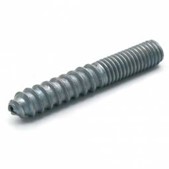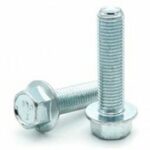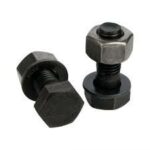Hanger bolts are specialized fasteners with threads on both ends. They typically consist of a bolt thread on one end and a wood screw thread on the other. These bolts are designed to be partially screwed into a surface, such as wood or metal, with the threaded portion protruding. The exposed threads are then used to attach various objects or components.
Here are some key characteristics and common uses of hanger bolts:
- Dual Threads: Hanger bolts feature a different type of thread on each end. One end has machine threads, similar to those on regular bolts, while the other end has wood screw threads.
- Installation: Hanger bolts are often installed by screwing the wood screw end into wood and the machine thread end into a metal or other material. This provides a secure and stable connection between the two materials.
- Applications: Hanger bolts are commonly used for hanging items such as cabinets, furniture, and other objects. They are also utilized in construction and woodworking projects where a combination of metal and wood needs to be securely fastened.
- Material: Hanger bolts can be made from various materials, including steel, stainless steel, and brass, depending on the application and required strength.
- Sizes and Lengths: These bolts come in various sizes and lengths to accommodate different project requirements. The length of the wood screw portion and the machine thread portion can vary.
- Use with Connectors: Hanger bolts are often used in conjunction with other connectors, such as hanger plates or brackets, to provide additional support and stability.
- Wing Nuts or Regular Nuts: Depending on the specific application, hanger bolts may be secured with regular nuts or wing nuts for easy hand tightening.
It’s important to choose the right size and type of hanger bolt for your specific application to ensure a strong and reliable connection between materials.





